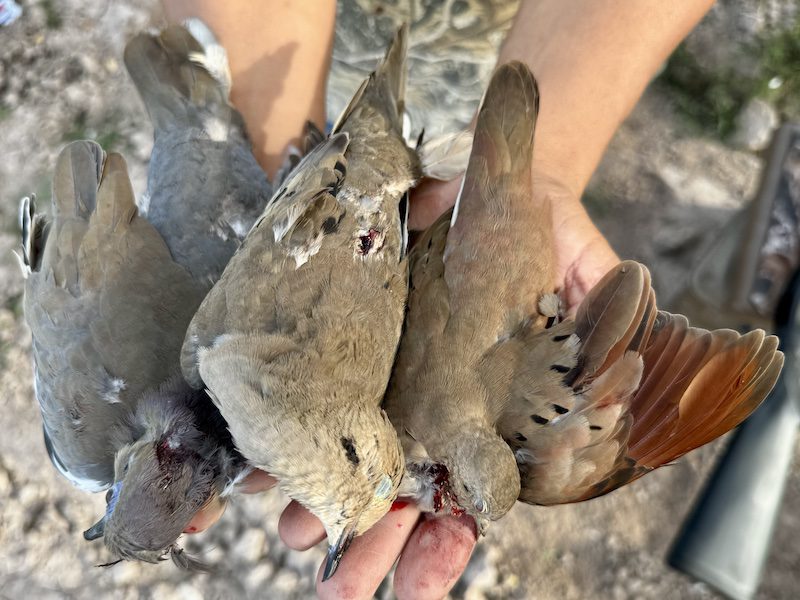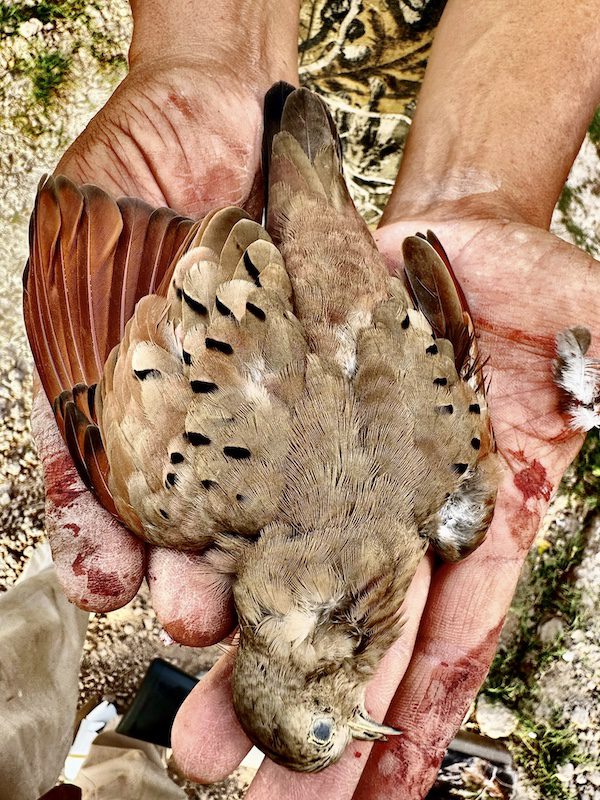Inca Dove
The Inca dove (Columbina inca) is a small, ground-dwelling bird native to the southwestern United States, Mexico, and Central America. In Spanish, it’s called Tortolita Mexicana. This species is named for the Inca Empire, reflecting its historical association with regions of South America, although its range is primarily concentrated in arid and semi-arid habitats of North America. The Inca dove is renowned for its unique appearance and distinctive behaviors, making it a fascinating subject for bird enthusiasts and researchers alike.

Measuring around 16 to 23 centimeters (6 to 9 inches) in length and weighing approximately 40 to 57 grams, the Inca dove is relatively small compared to other members of the dove family, Columbidae. It is characterized by its intricate scales-like plumage, which features a combination of gray, brown, and buff colors, adorned with intricate black barring and white spots on the wings and back. Its tail is long and tapered, with white edges and black central feathers, giving it a distinctive appearance in flight. Inca Doves have red eyes, but their red eyes become even brighter when they are threatened by an intruder.
In terms of habitat, the Inca dove prefers open woodlands, desert scrub, grasslands, and urban areas with suitable vegetation for foraging and nesting. It is particularly common in areas with mesquite trees, which provide important food and shelter resources. Despite its small size, the Inca dove is highly adaptable and can thrive in a variety of environments, from rural landscapes to suburban neighborhoods.
Available Hunts
The diet of the Inca dove consists primarily of seeds, grains, and small insects. It forages on the ground, using its slender bill to probe for food among leaf litter and soil. While seeds make up the bulk of its diet, particularly those of grasses and small shrubs, it will also opportunistically feed on insects and other invertebrates, especially during the breeding season when protein-rich foods are needed to support reproduction.
Breeding in the Inca dove typically occurs from spring to summer, although it may vary depending on local environmental conditions and food availability. Like many dove species, the Inca dove forms monogamous pair bonds that can last throughout the breeding season. Nests are often constructed in trees, shrubs, or even on the ground, using twigs, grasses, and other plant materials. The female typically lays two white eggs, which are incubated by both parents for about 12 to 14 days. After hatching, the chicks are fed a diet of regurgitated seeds and insects until they are old enough to fledge.
Overall, the Inca dove is a charming and adaptable bird species with a distinctive appearance and fascinating behaviors. While populations are generally stable, they may face threats from habitat loss, urbanization, and predation by introduced species. Conservation efforts focused on habitat preservation and management are important for ensuring the continued survival of this iconic bird species in its native range.








